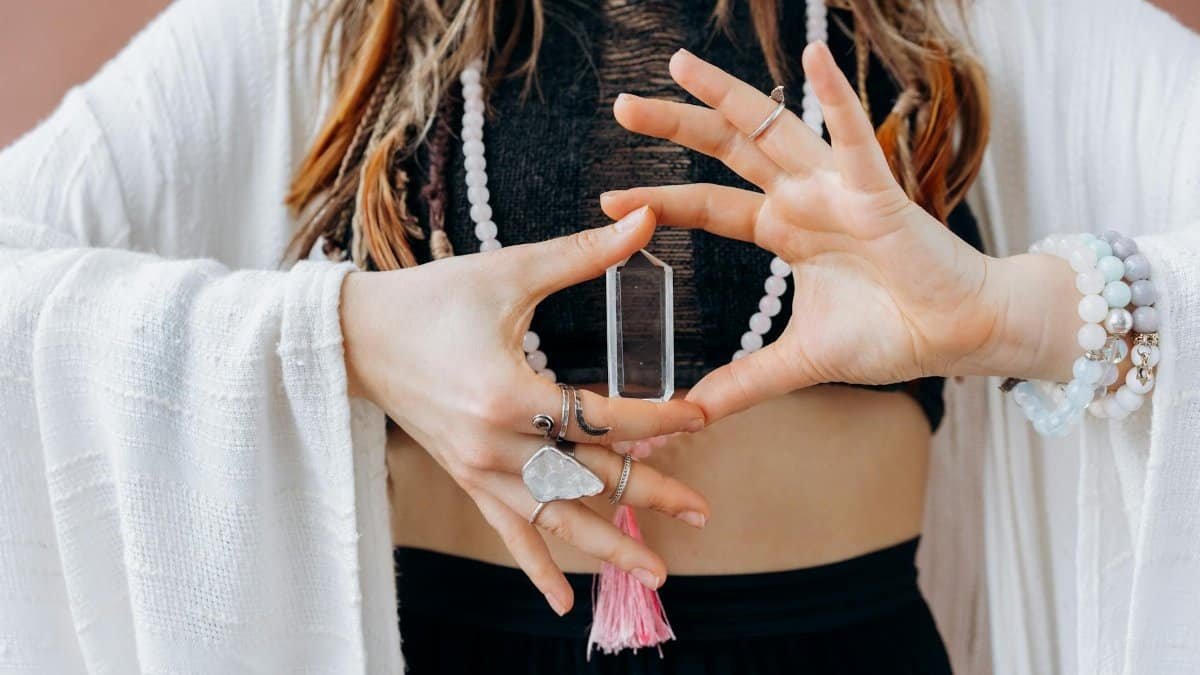In bustling wellness studios across cities like Los Angeles and New York, a quiet revolution is underway. More Americans are turning to alternative practices amid rising stress levels, with reiki rituals gaining traction as a gentle path to inner balance. What started as a fringe interest has evolved into a mainstream tool for healing, drawing in everyone from corporate executives to retirees seeking solace. According to recent surveys, participation in energy-based therapies has surged by over 20% in the past five years, reflecting a broader cultural shift toward holistic health. These rituals, rooted in Japanese traditions, involve channeling universal energy to promote physical and emotional well-being. As we navigate the demands of 2025, understanding their potential could offer fresh ways to mend what ails us.
1. Grounding with Earth Energy
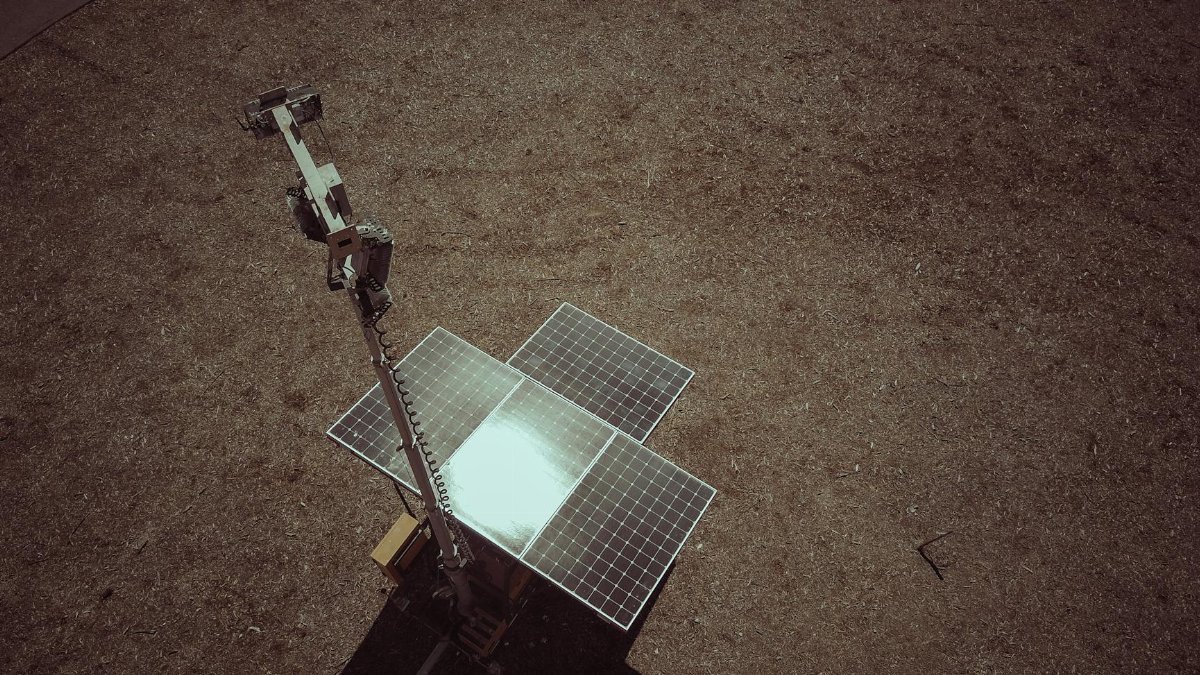
Start by imagining roots extending from your feet deep into the soil. This foundational reiki ritual draws on the earth’s stabilizing force to anchor scattered thoughts and restore calm. Practitioners often describe it as a reset button for the nervous system, especially useful in our high-speed digital age.
Consider Sarah, a teacher from Chicago who felt overwhelmed by daily chaos. She began incorporating this ritual into her mornings, standing barefoot in her backyard and visualizing energy flowing upward. Over weeks, she noticed a shift—less anxiety, more focus. It’s not magic, but a deliberate practice that aligns body and mind.
Research supports such grounding techniques. A study from the National Institutes of Health highlights how mindfulness-based practices, including energy work, can reduce cortisol levels.NIH Study on Mindfulness and Stress For those new to reiki, this ritual serves as an accessible entry point, requiring no tools beyond intention.
Yet, it’s not without its nuances. Some find the visualization challenging at first, leading to frustration. The key lies in patience; like planting a seed, results emerge gradually. In group sessions, participants share experiences, fostering a sense of community that amplifies the healing.
2. Chakra Clearing Meditation
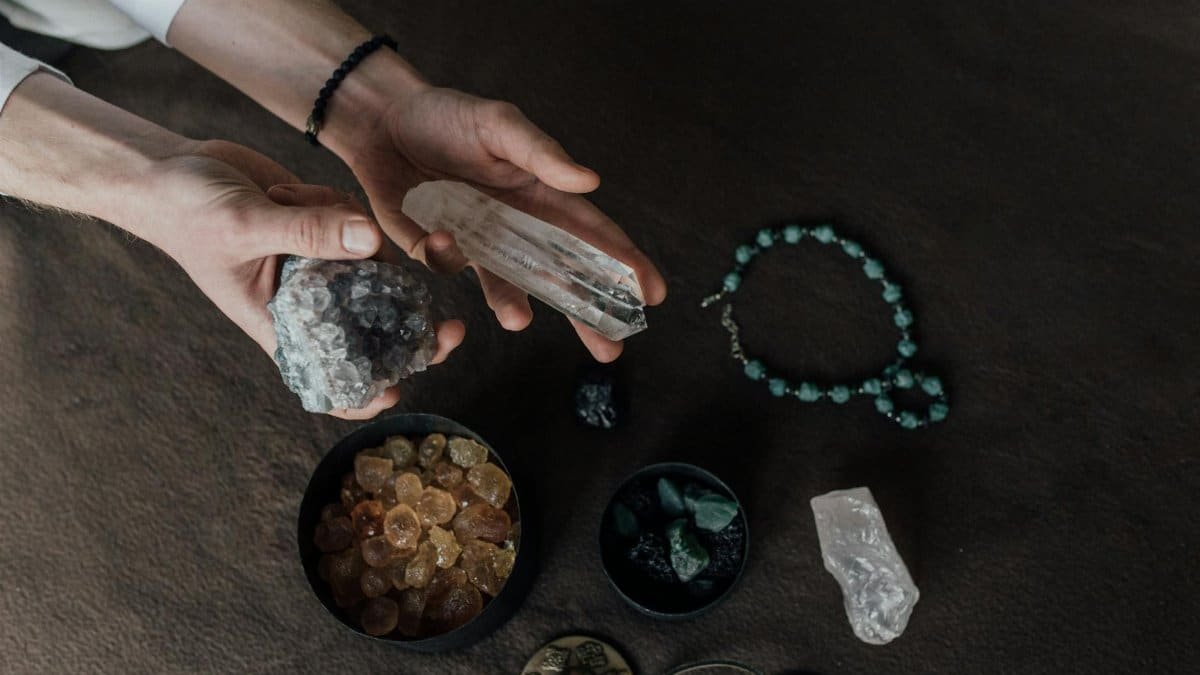
“I felt blocked, like energy was stuck in my throat,” one anonymous participant shared in an online discussion about reiki experiences. This sentiment captures the essence of the chakra clearing ritual, where focused energy work targets the body’s seven main energy centers to release stagnation.
To perform it, sit quietly and place hands over each chakra, starting from the root. Channel reiki energy with gentle intent, perhaps accompanied by affirmations like “I am safe” for the base chakra. In 2025, with mental health conversations at the forefront, this ritual addresses emotional blockages tied to modern stressors like work burnout.
Evidence from integrative medicine points to benefits. The Cleveland Clinic notes that practices like reiki can complement traditional therapies for anxiety.Cleveland Clinic on Reiki One vivid example comes from a wellness retreat in Colorado, where attendees reported clearer thinking after sessions, as if fog had lifted from their minds.
Of course, skeptics question the chakra model’s scientific basis, viewing it as metaphorical. But for believers, the ritual’s power lies in its ability to foster self-awareness, turning inward reflection into a tool for everyday resilience. Mix in deep breathing, and it becomes a hybrid practice blending ancient wisdom with contemporary needs.
Transitions to daily life matter here. After clearing, journal insights that surface, turning abstract energy work into tangible personal growth.
3. Self-Healing Hand Positions

Dive into the simplicity of placing hands on your own body. This reiki ritual empowers individuals to direct healing energy without needing a practitioner, making it ideal for solo sessions at home.
Begin with eyes closed, hands over the crown of the head, then move downward to eyes, throat, heart, and so on. Each position holds for a few minutes, allowing energy to flow. It’s a ritual that democratizes healing, especially relevant as more Americans seek affordable self-care options amid healthcare costs.
Anecdotes abound of its impact. Picture a veteran from Texas, dealing with chronic pain, who integrated this into his routine. “It was like warming up stiff muscles from the inside,” he recalled. Studies from reputable sources back this up; the University of Minnesota’s Center for Spirituality & Healing explores how reiki self-treatment can alleviate pain.University of Minnesota on Reiki Not every attempt yields immediate results, adding a layer of realism. Sometimes, distractions creep in, testing commitment. Yet, persistence often reveals subtle shifts, like improved sleep or reduced tension. In workshops, facilitators emphasize adapting positions to personal comfort, ensuring the ritual feels intuitive rather than rigid.
This approach highlights reiki’s versatility, bridging solo practice with professional guidance for comprehensive healing.
4. Aura Cleansing Sweep
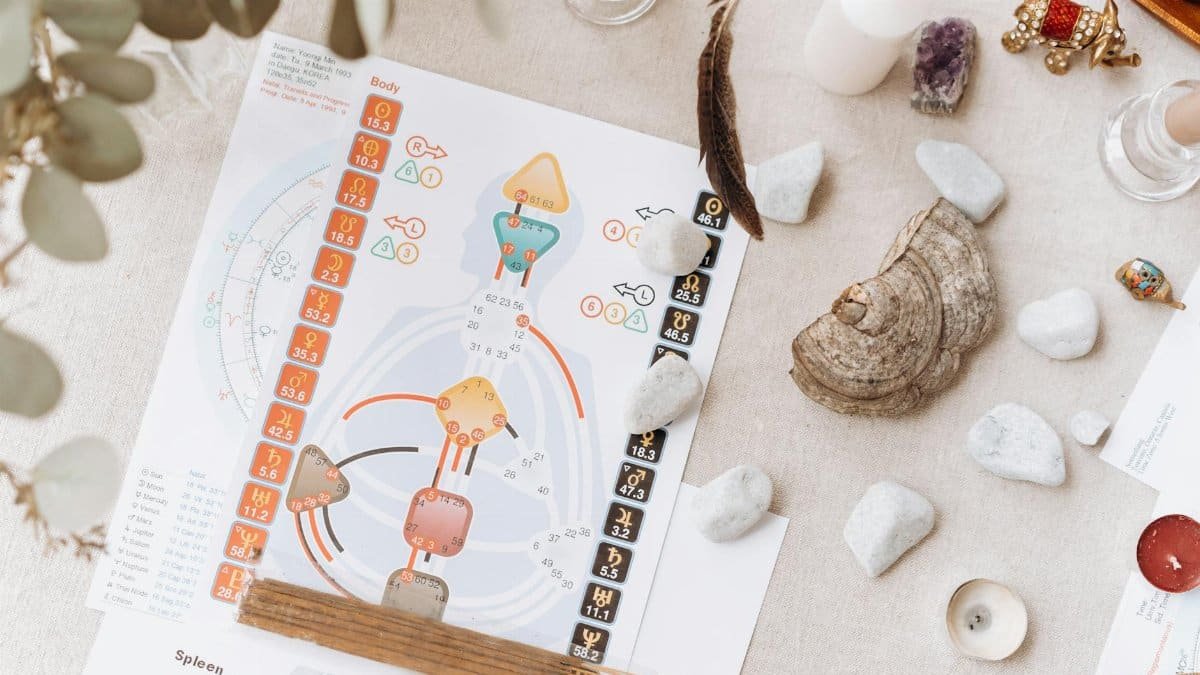
Sweep away negativity with broad, intentional hand movements around the body. This reiki ritual acts like a energetic broom, clearing the aura of accumulated stress and external influences.
Performed standing or seated, it involves visualizing light as hands glide from head to toe. In urban environments, where pollution—both literal and metaphorical—abounds, this practice offers a quick refresh. A recent trend in 2025 sees apps guiding users through similar visualizations, blending tech with tradition.
From a narrative standpoint, think of Lisa, a nurse in Boston, who used this after long shifts. The ritual helped her shed the emotional weight of patient care, leaving her refreshed. Supporting data comes from the American Psychological Association, which discusses energy therapies’ role in stress management.APA on Mindfulness and Meditation Critics might dismiss it as placebo, but participants often report a tangible lightness. The ritual encourages mindfulness of one’s energy field, prompting questions about how daily interactions affect us. Vary the pace—slow for deep cleansing, swift for quick resets—to suit different moods.
Ultimately, it underscores reiki’s emphasis on prevention, maintaining balance before issues escalate.
5. Emotional Mending Circle
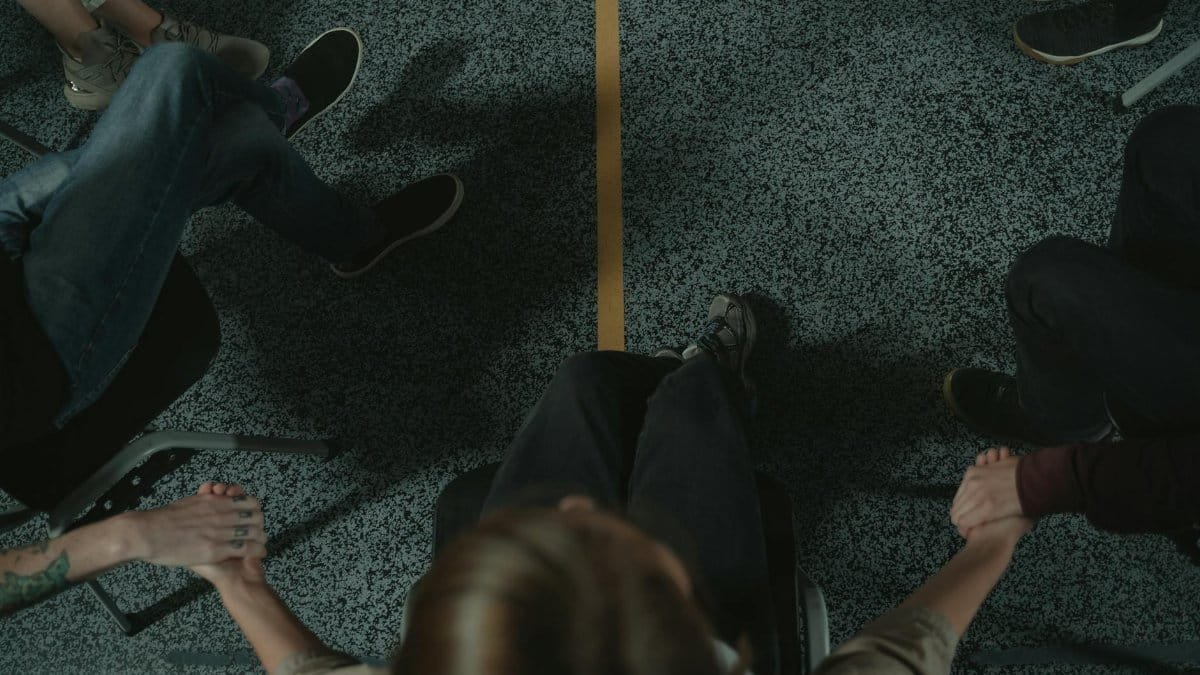
At the heart of reiki rituals for healing lies this profound practice: the emotional mending circle. Designed specifically to repair fractured feelings, it involves creating a sacred space, perhaps with candles or soft music, and focusing energy on the heart chakra.
Invite a trusted friend or go solo, placing hands over the chest while recalling emotional wounds. Channel reiki to dissolve pain, replacing it with compassion. In a time when relationships strain under societal pressures, this ritual stands out for its targeted approach to mending emotions, from grief to resentment.
One compelling account comes from a widower in Seattle who described it as “weaving threads back together.” After months of isolation, the ritual helped him process loss, fostering openness to new connections. Research from Harvard Medical School affirms that mind-body interventions like reiki can aid emotional regulation.Harvard on Mind-Body Techniques Yet, it’s not always straightforward. Surfacing emotions can be intense, requiring a safe environment. Practitioners recommend starting small, perhaps with journaling post-ritual to integrate insights. In group settings, sharing circles amplify the mending, as collective energy supports individual healing.
This ritual’s beauty lies in its adaptability—tailor it to specific emotions, using colors or symbols for added potency. As we face 2025’s uncertainties, it offers a beacon for emotional resilience, reminding us that healing starts from within.
Explore variations, like incorporating affirmations such as “I release what no longer serves me,” to deepen the experience. Over time, it builds a foundation for healthier relationships, mending not just personal wounds but interpersonal bonds.
6. Integration and Daily Infusion
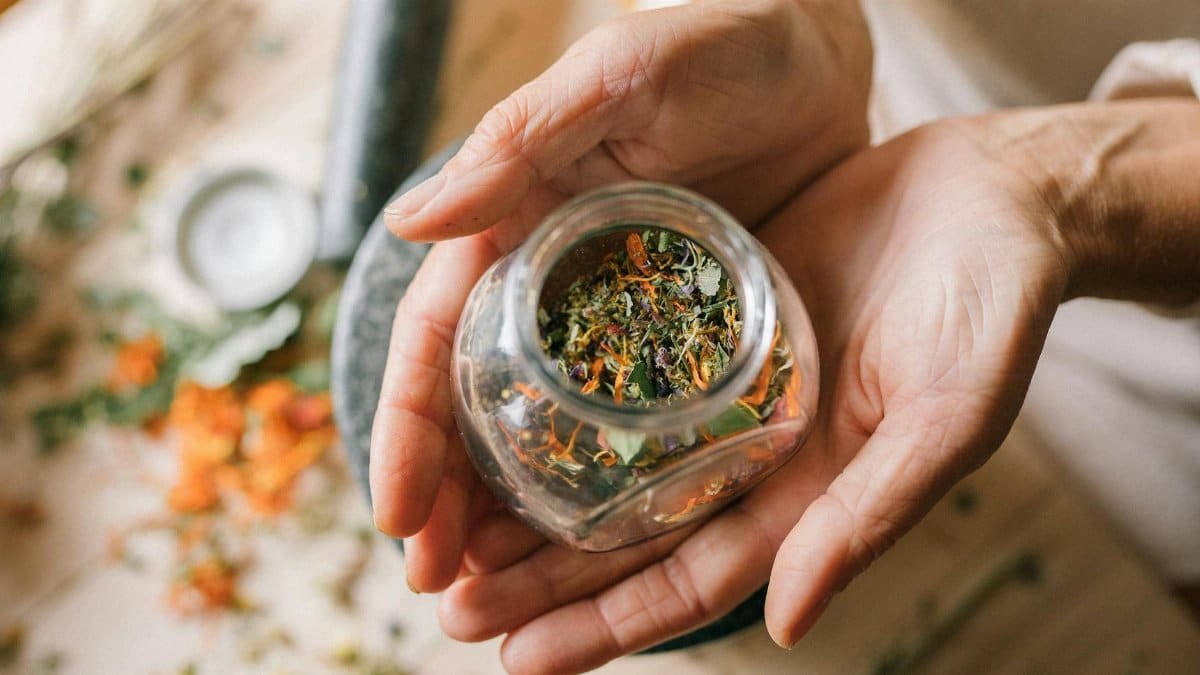
Wrap up with a ritual that weaves reiki into everyday life. This involves infusing routine activities— like drinking tea or walking—with healing intent, turning mundane moments into opportunities for balance.
Hold your mug with awareness, sending reiki energy into the liquid for nourishment. Or, during a stroll, visualize energy flowing with each step. It’s a subtle yet powerful way to sustain healing beyond formal sessions, aligning with the growing U.S. trend toward integrative wellness.
Reflect on Mark, a entrepreneur from Atlanta, who adopted this after burnout. “It turned my commute into a sanctuary,” he said. The Mayo Clinic supports such practices, noting their role in overall well-being.Mayo Clinic on Complementary Medicine Challenges arise in consistency, as life’s busyness intrudes. But starting with one activity builds momentum. This ritual emphasizes reiki’s philosophy: healing is ongoing, not episodic. In diverse communities, adaptations reflect cultural nuances, enriching the practice.
As reiki rituals evolve, this integration ensures their relevance, fostering a healed life step by step.
